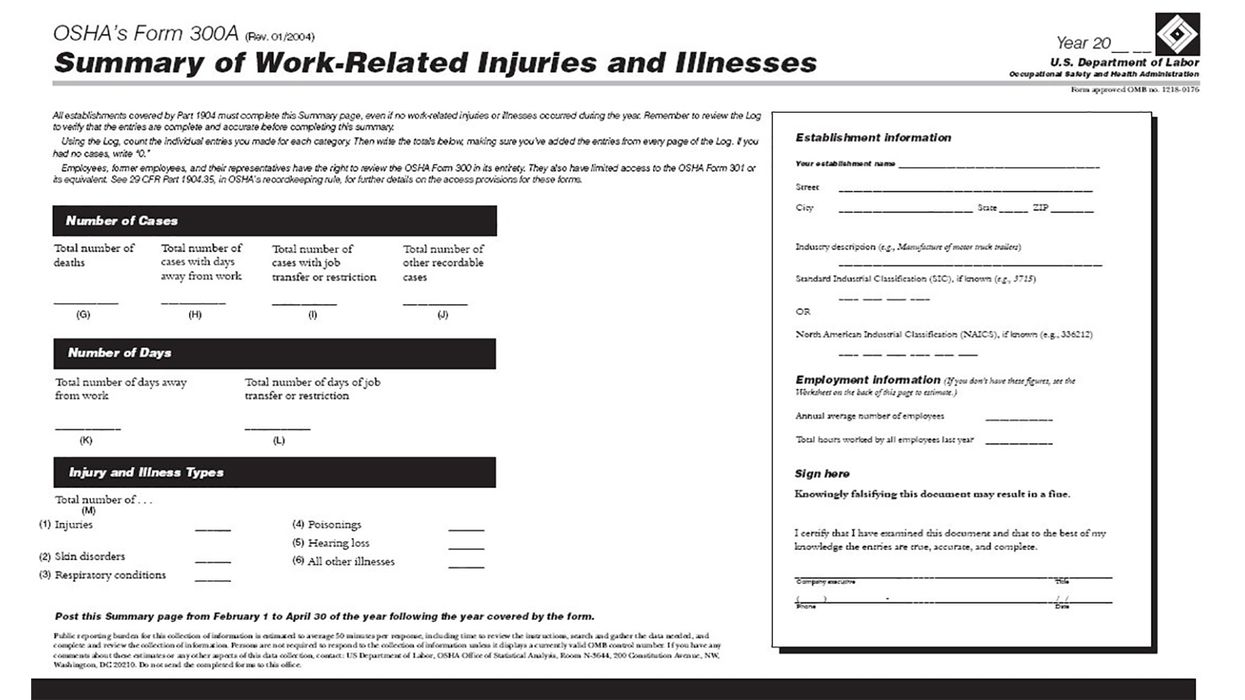Common military leave misconceptions
Violations can be costly
The Department of Labor’s Veterans’ Employment and Training (VETS) recently released its annual report which stated that the agency reviewed 950 complaints in 2019 related to the Uniformed Services Employment and Reemployment Rights Act (USERRA).
USERRA prohibits employers from discriminating against employees or applicants based on their military status or obligations. It also protects the reemployment rights of individuals who leave their jobs (whether voluntarily or involuntarily) to serve in the uniformed services, including the U.S. Reserve forces and state, District of Columbia, and territory (e.g., Guam) National Guards.
Employees have the right to return to the job they would have attained if they had not taken military leave. Employees may take a cumulative total of up to five years of military leave. Failure to comply can have costs. One company settled a USERRA claim, resulting in an employee being promoted and paid $96,000 in lost wages.
While 950 complaint cases might not seem like much, employers often have misconceptions of USERRA, and these can lead to claims. To avoid missteps, consider the following facts:
- Reasons: Military leave may be for reasons such as active or inactive duty, training, fitness exams, and funeral honors.
- Documentation: Employees need not provide documentation before taking military leave; notice of leave may be verbal.
- PTO: You may not mandate that employees use accrued paid time off for military leave, but employees may choose to do so.
- Timing: Employees need not accommodate the company regarding timing, frequency, or duration of military service. You may, however, bring any related concerns to the appropriate military authority.
- Reinstatement: Upon reemployment after leave of more than 30 days, you may ask for documentation establishing certain criteria, such as whether the separation from service was not disqualifying.
- Insurance: During leave, employees may choose to continue group health care coverage.
- Accommodations: Disabled military members are also entitled to reemployment, and you may need to make efforts to help an employee become qualified to perform the job.
Reemploying disabled veterans
If the veteran has a disability incurred in, or aggravated during, his or her service, you must make reasonable efforts to accommodate the disability and return the veteran to the position in which he or she would have been employed if the veteran had not performed military service.
If the veteran is not qualified for that position due to disability, you must make reasonable efforts to help qualify the veteran for a job of equivalent seniority, status, and pay, the duties of which he or she is qualified to perform or could become qualified to perform. This could include providing training or retraining for the position at no cost for the veteran.
Common injuries incurred by these veterans include missing limbs, burns, spinal cord injuries, post-traumatic stress disorder (PTSD), hearing loss, and traumatic brain injuries. Other veterans leave service due to injuries or conditions that are not considered service connected.
Key to remember: While you might not have employees take military leave often, you should know that employees have the right to time off to pursue military service, perform military service, and return to their civilian jobs.



















































